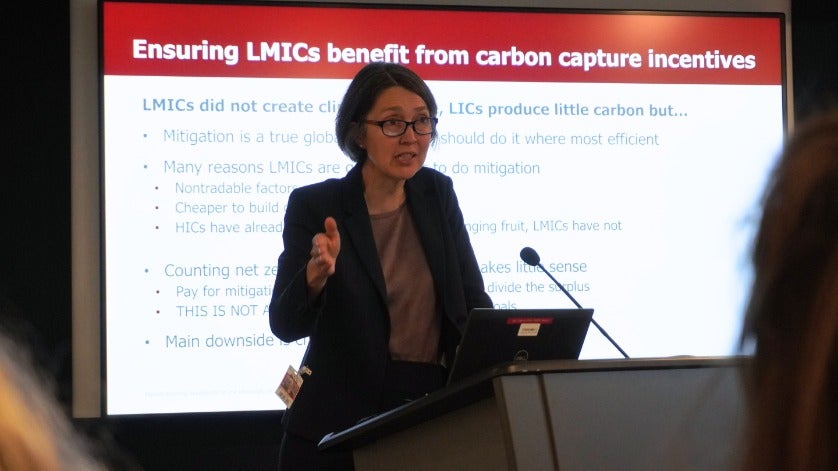
Climate change has the potential to erase much of the progress we have made to improve the lives of people experiencing poverty. Climate shocks and environmental degradation threaten livelihoods, food security, and infrastructure, increase violence, and can result in poorer life chances, especially for people in resource-constrained contexts. Last month, the World Bank’s Development Impact and Data Groups, together with the Center for Effective Global Action and the University of Chicago’s Development Innovation Lab, discussed these challenges at the ninth annual Measuring Development conference, “Mitigating the Risks and Impacts of Climate Change.”
Speakers showcased innovative approaches for measuring and tracking climate-related risk, developing effective responses, and evaluating outcomes in data-sparse environments. The conference brought together scientists pushing the frontiers of climate measurement by using remote sensing technologies, engaging in participatory data collection, and effectively (and meaningfully) integrating different data streams.
A Call for Better Measurement in LMICs
During her keynote, the University of Chicago’s Rachel Glennerster pithily stated that “mitigation is one of the true global public goods.” Indeed, the efforts by one country or group of countries to reduce carbon emissions will have worldwide benefits. Recognizing that low- and middle-income countries (LMICs)—who have historically contributed little to climate change—nevertheless face growing opportunities to mitigate emissions for the whole planet, Rachel suggested high-income countries could fund highly costeffective mitigation efforts in LMICs. These payments should not be considered aid as they benefit the world and offset high income countries' damage to the atmosphere.
Cost-Effective Measurement with Remote Sensing
Many speakers discussed how remote sensing can provide cost-effective measurement:
- CEGA Affiliate Tamma Carleton highlighted the promise of satellite imagery and machine learning to improve climate management. Her work on MOSAIKS demonstrates the potential for these data and predictive models to increase the spatial coverage and resolution of survey and administrative georeferenced data, while lowering barriers to access for decision-makers in low-resource settings.
- Dieter Wang showcased how higher resolution and frequency of satellite imagery alongside cloud-penetrating sensors can improve estimates of how well conservation policies in the Brazilian Amazon are preventing deforestation. Better measurement in this case makes it possible to reward governments through bonds whose rates are tied to mitigation performance.
- Kangogo Sogomo discussed a novel approach that leverages satellite imagery to predict maize yields at a finer scale with less computational resources.

Of course, remote sensing is not just limited to satellites, and can inform adaptation and resilience alongside mitigation:
- Samuel Seo compared measurement strategies for methane emissions from a large, unmanaged landfill in Dakar, Senegal by collecting data using human enumerators, drones, and satellites. The measurements suggest that current approaches used by the IPCC underestimate total emissions from these sites by more than half.
- Bridget Hoffman used low-cost air pollution sensors along bus routes and within buses in Dakar, Senegal to understand the effects of an infrastructure project on air quality. Drones, stationary sensors, and other instruments can all provide rich data at scale to improve the evaluation and monitoring of climate mitigation and adaptation strategies.
The Role of Participatory Data Collection
Not only are researchers and climate practitioners thinking creatively about the sensors they use to collect data, but they are also innovating on how to make data collection and infrastructure more participatory.
- Tom Bewick has trained indigenous communities in Africa and Latin America how to collect georeferenced data on planted trees to improve the monitoring of their growth and local collective governance.
- Kenneth Mubea discussed similar work assembling teams of students to work with local communities to collect georeferenced data to inform mangrove forest conservation efforts.
- Participatory approaches can extend to model validation, as Alejandra Mortarini demonstrated. She worked with organizations that have long-standing relationships with communities living in informal settlements in Honduras to help validate the outputs of the predictive model and calibrate it to improve its performance.
- Kangogo Sogomo noted increasing mobile phone use and internet penetration across the Global South suggesting, “climate action is urgent…there is still an opportunity for having participatory methods [for data collection].” By incorporating local actors into these efforts, we can increase data collection’s frequency, provide greater access, and contribute to a local culture of evidence use.
New Approaches to Data Integration
A third strategy to make data collection cheaper and more effective relies on exploiting efficiencies generated by integrating different data streams. The World Bank’s Stéphane Hallegatte stressed the opportunity and challenge of integrating these different data streams. Integration between household surveys and satellites, for example, would allow for better targeting of policy responses to climate shocks. Hallegatte stressed that traditional measures of vulnerability may miss some individuals who may be critically underprepared to face the “long tails” of climate shocks.

Adaptive research designs can accelerate scientific discovery of which interventions work best for particular contexts and communities, improving our understanding of how climate systems affect those who are socioeconomically and environmentally most vulnerable and how we may aid resilience:
- Paola Agostini, Mohammed Basheer, and Erwin Knippenberg all jointly simulated physical and social systems in their research designs. These simulations enabled each of them to estimate new quantities of interest, like the decision-space of negotiations for potential dam designs in the Nile River Basin, the cost-per-benefit of different land restoration interventions in Tajikistan, or the percentage of the population at risk of falling into poverty due to weather shocks in Afghanistan.
- Ben Brunckhorst showed how incorporating weather predictions unlocks the possibility of anticipatory cash transfers with demonstrable effects on household’s resilience to flooding in Bangladesh.
Better measurement can improve our collective efforts to meet the challenge of climate change. As Stéphane Hallegate reminded us in his keynote, how we construct these measures of impact fundamentally affects what regions, communities, and interventions we prioritize. A critical part of this effort will be to leverage measurement strategies highlighted during MeasureDev 2023 to channel resources to the places and communities where interventions to mitigate and adapt to climate change will have the greatest impact. In so doing, measurement can contribute to a more equitable future by incentivizing green investments in LMICs.

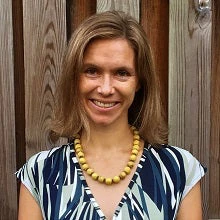

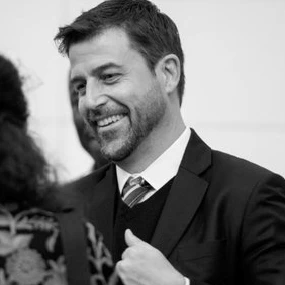
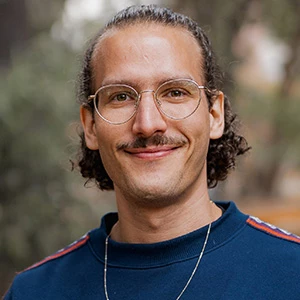
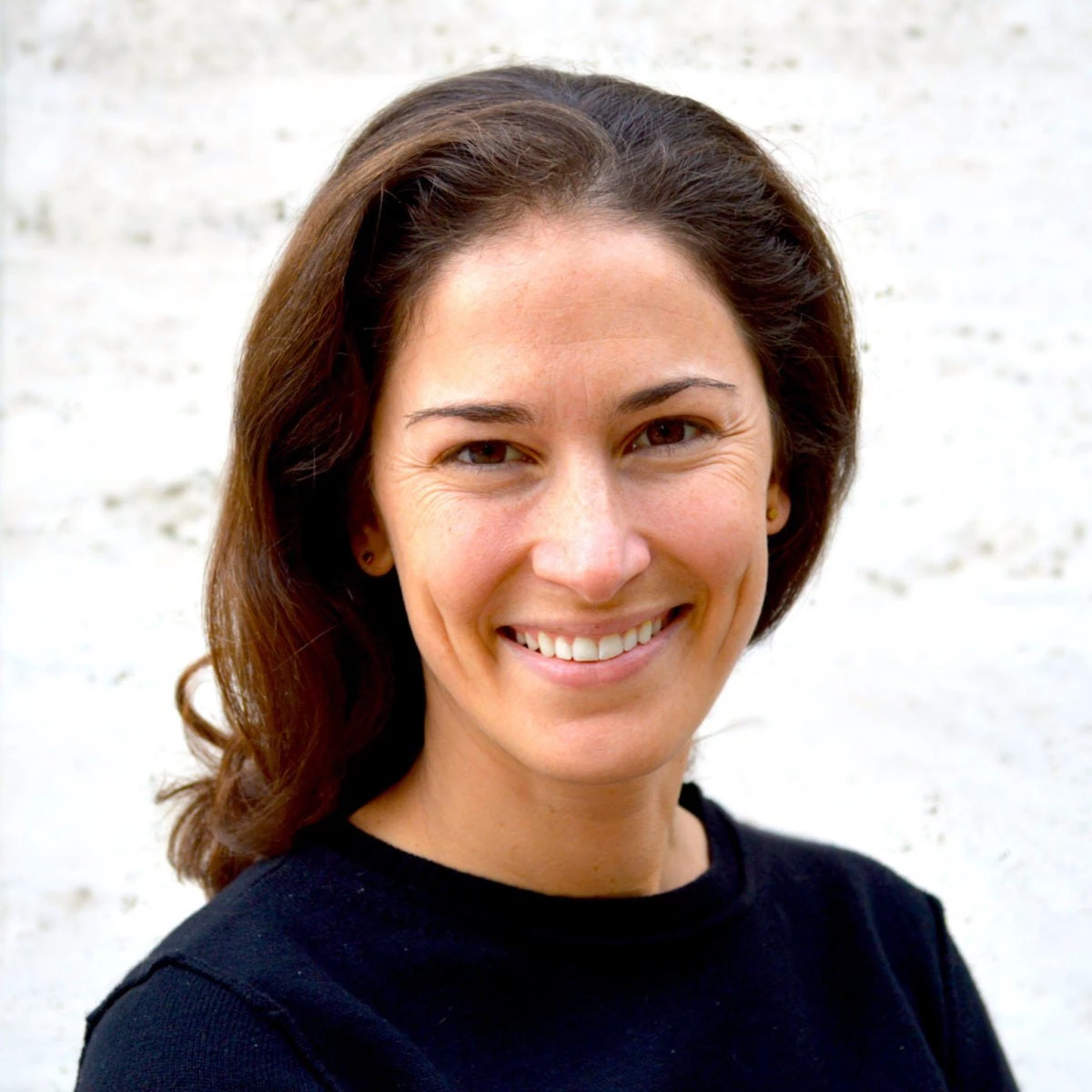

Join the Conversation